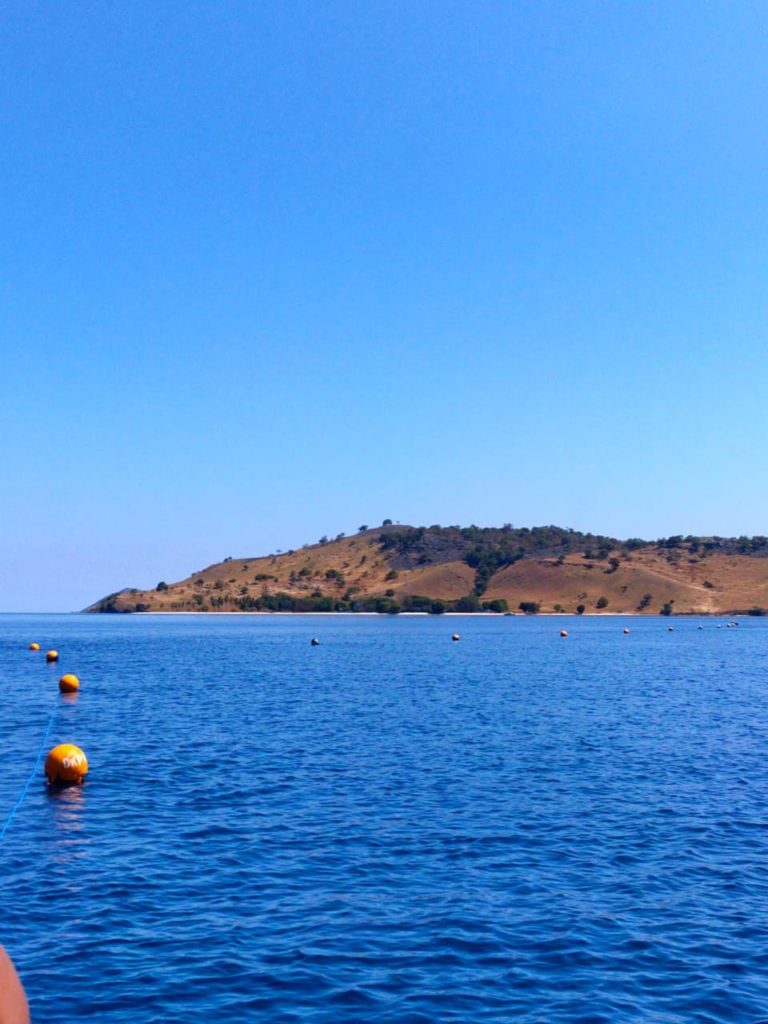

Everyone has their role to play in protecting coral ecosystems.


The choice of restoration technique depends on the local context. At the beginning of each project, fragments of opportunity (coral fragments that are found broken but still alive) are collected and transplanted onto solid structures placed in favourable locations for their growth.
In certain areas, our technique is then based on coral fragmentation. This technique stabilises the coral fragments on a solid structure. By fixing onto the substrate, the coral will grow, thus bringing back biodiversity within the reef. Each coral fragment is taken from the local area.
If the seabed isn’t too damaged, the corals are transplanted directly onto their natural environment.

Our teams around the world work full-time on the projects to protect and restore coral ecosystems.
Each month is punctuated by a work routine that includes restoration, raising awareness, scientific monitoring and the protection of the marine protected areas.
In order to help manage local marine resources and follow-up on the projects, social monitoring has been set up. This includes monitoring the habits of the various local stakeholders regarding their interactions with corals, for example for fishing.
Concerning the environmental monitoring of the coral transplantation, our teams regularly follow the evolution of the transplanted corals, thanks to numerous indicators such as the growth rate, mortality rate, bleaching rate or the return of biodiversity.

Our teams around the world work on local marine protected areas.
In Indonesia, our team is present every day to ensure a relentless protection and thus avoid any illegal fishing on the restored area and raise awareness among tourists and boat captains.
